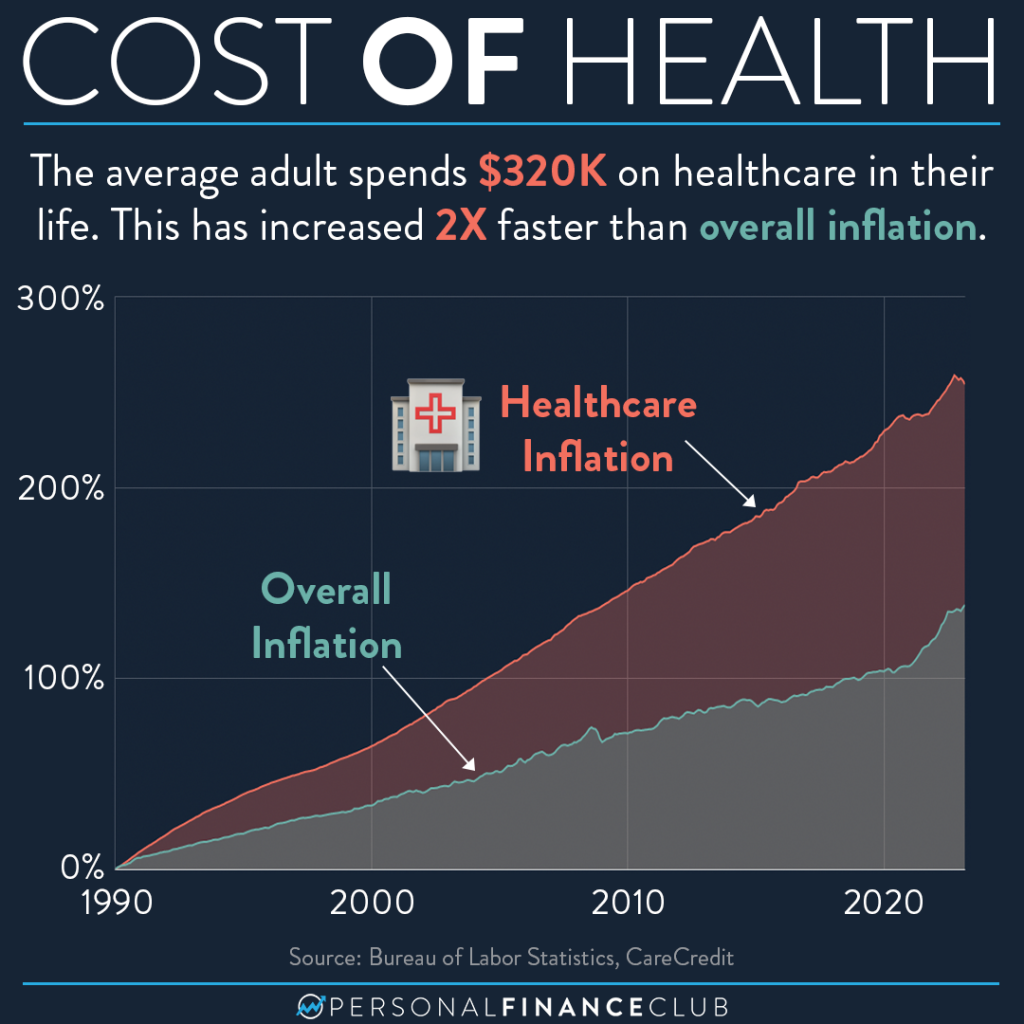A Comprehensive Guide on Just How Medical Care RCM Functions to Simplify Invoicing and Collections
Navigating the intricacies of medical care earnings cycle management (RCM) is critical for carriers intending to enhance their billing and collections procedures. The guide unloads the complexities of RCM, from person registration to accounts receivable monitoring, offering understandings right into enhancing each step.
Recognizing Profits Cycle Administration
Comprehending the complexities of Revenue Cycle Monitoring (RCM) is crucial for healthcare organizations intending to optimize their economic performance. RCM is a critical management feature that incorporates the whole financial process of patient care, from the preliminary appointment establishing to the last settlement of the balance. It is a complex treatment made to determine, accumulate, and handle the revenue from the solutions provided to people. Reliable RCM makes certain that doctor obtain timely and precise payments, lessening the threat of earnings loss and enhancing cash money flow.
The RCM procedure begins when a patient schedules an appointment and prolongs via the individual's treatment trip, consisting of billing and collections. An essential objective is to minimize the time between providing a service and obtaining settlement, therefore enhancing the company's financial health and wellness. RCM includes numerous features such as patient registration, insurance confirmation, cost capture, coding, declares submission, repayment uploading, and taking care of rejections and charms.
Trick Parts of RCM
In the world of Profits Cycle Monitoring (RCM), recognizing its key elements is fundamental to attaining financial effectiveness within medical care organizations. RCM is a comprehensive procedure that incorporates different stages, each vital to ensuring reliable billing and collections. The key components consist of individual enrollment, insurance confirmation, fee capture, coding, claim submission, settlement publishing, and accounts receivable management.


Once coded, claims are submitted to payers, where accuracy is extremely important to prevent hold-ups or denials - Healthcare RCM. Settlement publishing entails videotaping the gotten settlements, which allows for the reconciliation of accounts. Lastly, balance dues administration concentrates on tracking and dealing with unsettled claims, making sure timely follow-up and resolution
Each element of RCM is interconnected, and inadequacies in any part can disrupt the whole cycle. For that reason, understanding these aspects is essential for doctor to optimize income and enhance their economic wellness.
Methods for Efficient Billing

Standardizing invoicing procedures across the organization is one more essential approach. Developing clear standards for documentation, coding, and entry assists maintain consistency and conformity with regulative needs. Educating staff on a regular basis on these procedures guarantees everybody is current with the current modifications in payment codes and payer policies.
Exact charge capture is important in avoiding earnings leakage. Implementing normal audits and surveillance systems allows for the recognition and modification of inconsistencies prior to they influence income. In addition, preserving open lines of interaction with payers aids to quickly settle any disputes or misunderstandings that may occur.

Last but not least, engaging clients early in the invoicing process by providing clear price quotes and instructional products about their monetary obligations can significantly minimize confusion and enhance payment timeliness. These approaches collectively add to a much more economically healthy and balanced and reliable invoicing system.
Enhancing Collections Processes
A durable collections procedure is click over here now essential for keeping financial stability within health care organizations. Offered the intricacies of clinical invoicing and the range of payer requirements, improving the collections procedure includes carrying out critical procedures that ensure exact and prompt payment of services provided. Central to this is the use of technology to automate and enhance processes, improving and reducing hands-on mistakes efficiency. Automation tools can assist in tracking insurance claim conditions, sending prompt suggestions to individuals, and managing rejections much more successfully.
Clear and clear individual interactions are crucial. Supplying detailed descriptions of fees and supplying adaptable settlement strategies can boost patient satisfaction and punctual repayments.
Routine audits of the collections procedure need to be performed to recognize locations for renovation and make certain compliance with guidelines. By examining information, healthcare companies can recognize patterns, prepare for prospective problems, and adapt approaches as necessary (Healthcare RCM). Eventually, a well-enhanced collections process not just sustains monetary health and wellness however likewise adds to a much more smooth experience for people and personnel alike
Optimizing Revenue Streams
Structure upon the structure of a solid collections process, medical care organizations can better boost their financial stability by strategically optimizing income streams. This involves a multi-faceted strategy, starting with a thorough evaluation of existing revenue resources to identify inadequacies and locations for growth. Utilizing innovative data analytics devices makes it possible for organizations to acquire insights right into payer mix, client demographics, and solution usage patterns, permitting data-driven choices that enhance profits capture.
Executing automated billing systems can dramatically minimize mistakes and quicken cases refining, guaranteeing that profits is collected a lot more effectively. Furthermore, enhancing payer contracts through regular arrangements can enhance reimbursement prices and terms, directly influencing the lower line. Branching out solution offerings, such as incorporating telehealth or wellness programs, can likewise attract a broader client find out this here base, thus raising revenue potential.
Another crucial element is enhancing patient involvement and fulfillment, as completely satisfied people are most likely to adhere to treatment plans and make prompt payments. Supplying versatile settlement alternatives and clear invoicing techniques can enhance collections and foster client loyalty. Healthcare RCM. By embracing these techniques, medical care organizations can develop a much more durable monetary structure, ensuring sustained growth and stability in More Help an ever-changing sector landscape
Final Thought
To conclude, healthcare Revenue Cycle Administration (RCM) plays a crucial function in optimizing payment and collections procedures by incorporating key components such as person enrollment, insurance coverage confirmation, fee capture, coding, claims entry, and receivable administration. By employing innovative modern technology, systematizing treatments, and promoting individual involvement, doctor can significantly lower insurance claim rejections, increase settlement cycles, and improve capital. This comprehensive approach to RCM ultimately results in enhanced economic effectiveness and sustainability for medical care organizations.
The RCM process begins when a client routines a visit and prolongs with the person's treatment journey, consisting of billing and collections.One more essential component is improving individual engagement and satisfaction, as satisfied people are a lot more likely to adhere to therapy strategies and make timely payments. Offering flexible settlement options and transparent payment methods can boost collections and foster person commitment.In conclusion, medical care Revenue Cycle Monitoring (RCM) plays a vital function in enhancing payment and collections procedures by incorporating vital elements such as individual registration, insurance coverage verification, charge capture, coding, claims entry, and accounts receivable administration. By utilizing sophisticated innovation, standardizing treatments, and fostering patient interaction, medical care companies can significantly minimize insurance claim denials, increase settlement cycles, and improve cash flow.